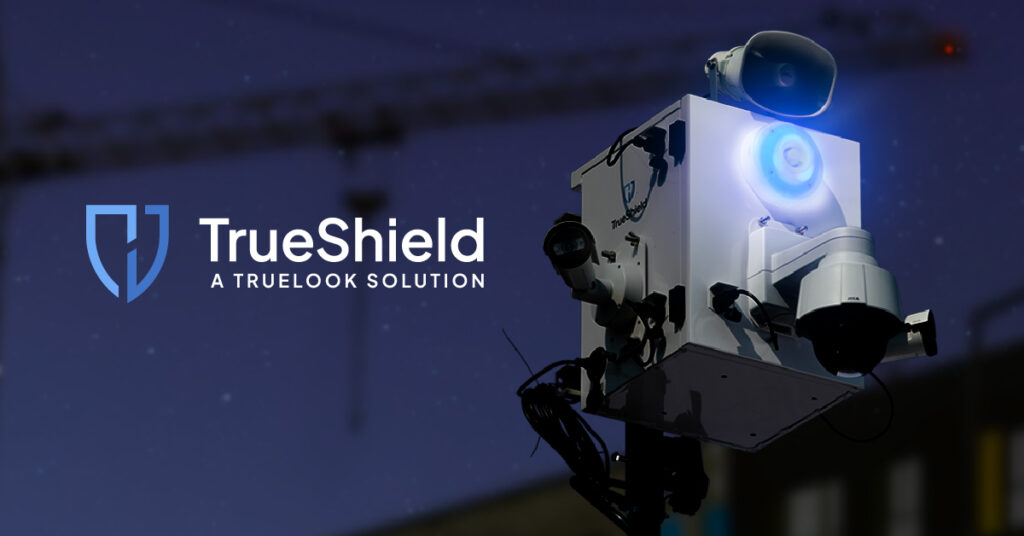Verifying Your Construction Cameras Meet Builders Risk Insurance Requirements
- Talkdown Capabilities
- Audiovisual Deterrents
- Battery Backup
- Operates in Low-Light Using Infrared (IR) Illumination
- Detects and Distinguishes Intrusions in Real-Time
- Activates Monitoring During Non-Working Hours
- Automates Activation Based on a Pre-Set Schedule
- 24/7 Real-Time Alerts for Power, Connectivity, Tampering, and Camera Issues
When protecting a construction site, adhering to builders risk insurance requirements is essential to mitigate potential risks and losses. These requirements outline the necessary measures to deter theft, vandalism, and other incidents that could disrupt a project’s progress.
Construction cameras play a crucial role in meeting these standards, keeping your site continuously monitored and protected. Without proper compliance, not only is your site vulnerable, but your insurance coverage could also be at risk.
Below is a checklist to help confirm your security solution meets common builders risk insurance requirements.
Talkdown Capabilities
- The system has the ability to communicate directly with intruders through live audio.
- It allows security personnel or the monitoring team to issue verbal warnings.
- This feature helps de-escalate situations before they become serious threats.
Audiovisual Deterrents
- The system uses strobe lights to visually signal that the site is under surveillance.
- Loud sirens alert potential intruders that they have been detected.
- Systems should include customizable alerts based on different zones within the site.
Battery Backup
- Battery backup should last at least four hours in the event of power loss.
- The system should automatically switch to backup power without downtime.
- Alerts should be sent if the battery is engaged or if the power loss extends beyond 30 minutes.

Operates in Low-Light Using Infrared (IR) Illumination
- Cameras must be equipped with IR illumination or thermal imaging to maintain clear visibility at night or in dark conditions.
- Low-light functionality should be capable of covering the entire site perimeter.
- Continuous monitoring for site breaches, even in poor visibility conditions.
Detects and Distinguishes Intrusions in Real-Time
- The system must identify and differentiate between vehicles and humans to reduce false alarms.
- Real-time alerts are sent to the monitoring station for immediate verification and response.
Activates Monitoring During Non-Working Hours
- Surveillance and monitoring must automatically activate when work ends and continue throughout the night.
- The system should follow a predetermined schedule to ensure protection during downtime.
- Fail-safes must be in place to prevent manual errors or gaps in monitoring.
Automates Activation Based on a Pre-Set Schedule
- Systems must be programmable to activate according to specific site hours or activities.
- The schedule should account for holidays, weekends, and any non-standard workdays.
- Automatic activation helps eliminate reliance on manual processes and enhances security.
24/7 Real-Time Alerts for Power, Connectivity, Tampering, and Camera Issues
- Continuous monitoring for power loss, cellular or wireless connection failures, and any tampering with devices.
- Immediate alerts for camera malfunction or focus issues to ensure constant coverage.
- The monitoring center must oversee and address these issues promptly to minimize site vulnerabilities.
Meeting builders risk insurance requirements is crucial for protecting your construction site from theft, vandalism, and costly delays. A comprehensive security setup guarantees compliance with insurance standards and helps protect your project around the clock with real-time monitoring, motion detection, and audiovisual deterrents.
To simplify your security needs, check out our new all-in-one security solution, TrueShield, designed specifically to address builders risk insurance requirements. With talkdown capabilities, real-time alerts, battery backup, and much more, TrueShield provides complete protection for your site.
